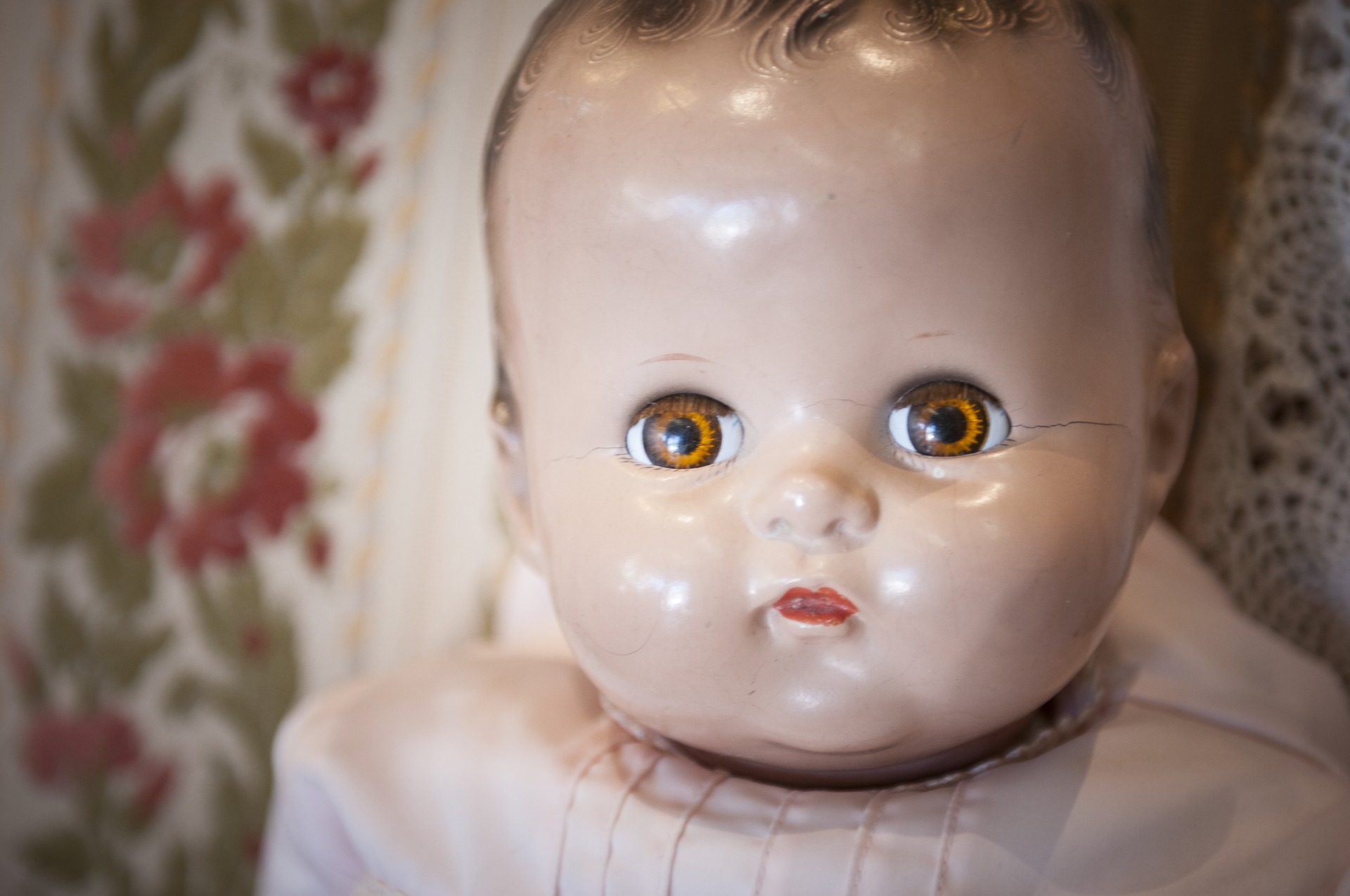Ever wondered how to identify antique dolls and estimate their values?
Some of the most expensive dolls ever have been sold in recent years.
Theriault’s sold a 19th century Antoine Edmund Rochard doll to the Barry Art Museum in 2018 for $333,500. In 2014, an unnamed bidder bought a rare Kämmer & Reinhardt doll for £242,500 at Bonhams.
In this article we’ll run through how to work out valuations, as well as how to identify antique dolls in the first place.
Please note that, while we really hope you enjoy this blog, antique dolls are not an area of expertise for us. With that in mind, we would kindly ask that you do not contact us about any further information on this topic as we don't want to disappoint you.
Antique dolls: a history
The first known dolls date back to the 21st century BC in Egypt
The first known dolls date back to the 21st century BC in Egypt - these were relatively simple wooden paddle models.
Dolls with interchangeable clothing and moveable limbs existed as early as 200 BC.
The 19th century saw the advent of glazed porcelain china dolls and unglazed bisque dolls.
Up to the mid-1800s, European dolls usually represented adults, with childlike dolls then appearing and dominating the market by the late 1800s.
The 19th century also saw a fashion doll trend for French bisque dolls, before plastic became popular in the 20th century. Notably, the first Barbie doll was released in 1959.
How to identify antique dolls
The mark should reveal the maker’s brand name, the doll’s size and country of origin if it was produced after 1890
There are some consistent traits to look for when working out how to identify antique dolls.
Lift up the hair around the back of the doll’s head to see if the manufacturer’s mark has been stamped.
The majority of antique dolls have a mark but it could also be somewhere else on the doll’s body, for example on its back or the soles of its feet. You could also check the inside of the doll’s clothing for any tags.
The mark should reveal the maker’s brand name, the doll’s size and country of origin if it was produced after 1890.
If possible, inspect the doll’s stuffing. Antique dolls’ cloth bodies are often full of sawdust or horsehair, stuffed tightly to support the head’s weight. They won’t use polyester or be loosely stuffed.
Most antique dolls’ hair is painted on, except for German dolls, which usually have wigs
The clothes should also look faded on an antique doll. Usually the older they appear, the older the doll. They won’t have any velcro fastenings.
Dolls made before 1870 have painted eyes, often light blue. Between 1870 and the early 1900s, they had glass eyes. From the early 20th century, the eyes were large and round with a sideways glance.
Most antique dolls’ hair is painted on, except for German dolls, which usually have wigs.

× 
How to identify antique dolls made of porcelain or bisque
Lines looking like cracks on the porcelain or bisque, often across the doll’s face, are a sign of old age
There should be two large holes near the shoulders. If the doll’s skin has small pores collecting dust and dirt, it’s likely bisque not porcelain. Usually the more dirt there is, the older the doll.
Lines looking like cracks on the porcelain or bisque, often across the doll’s face, are a sign of old age. The heavier the ‘cracks’, the older the doll. Antique porcelain or bisque dolls should also have a dull face colouring.
How to identify antique dolls online
Hopefully, the information you’ve gained about the doll so far will be enough to identify it online.
Try searching for the manufacturer’s mark on Google as a starting point.
You can also try looking through dedicated doll reference sites, such as dollreference.com.
Once you’ve successfully identified your antique doll, there are several websites for working out their valuation.
Antique doll valuations
The Spruce Crafts has a guide listing lots of antique dolls along with their valuation and yours may be similar to one on the list.
You could also try using the advanced search feature on eBay to see if anyone has an antique doll similar to yours and how much they’re selling it for.
Alternatively, try searching within the dolls section on Amazon for a rough valuation.
One of the most reputable online price guides for antiques in general is Kovels - and it has a dolls section too.
Final thoughts: how to identify antique dolls and work out their values
We hope this information helps you confirm your doll’s identity and estimate its value.
Again, please note that, while we really hope you enjoy this blog, antique dolls are not an area of expertise for us. With that in mind, we would kindly ask that you do not contact us about any further information on this topic as we don't want to disappoint you.
You may also like our article on getting the best deal for your antique collectibles.
If you have any queries about something in our collection, or for more information about how to identify antique dolls, please get in touch.